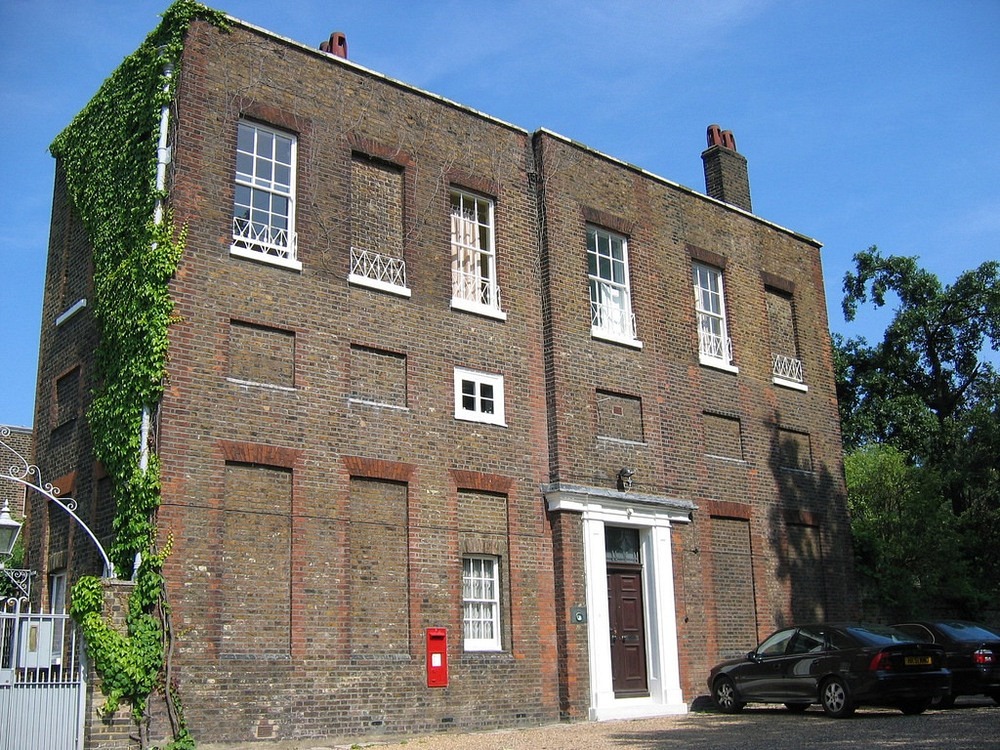There was a time in Great Britain when having windows in homes and buildings were prohibitively expensive.
That time began in 1696 with the introduction of the much-despised window tax, that levied tax on property owners based on the number of windows or window-like openings the property had. The details of the tax kept changing with time, but the basic premise was that the more windows the house had, the more tax the owner had to pay.
In the eyes of the legislature the window tax was a brilliant way to put the burden of tax on the shoulder of the upper class. The rich usually had larger houses with more windows, and so were liable to pay more taxes. Poor people, on the other hand, lived in smaller houses and so paid less. To make the system even more attractive to the poorer class, those houses with fewer than ten windows were exempted from the window tax altogether.

A building with bricked up windows in Bath.
But the tax was not nearly as progressive as it first seemed. In towns and cities, many poor families lived in large tenement buildings with many windows, and were therefore subject to heavy window tax assessments. The tax was paid by the landlord but the costs of the window tax were passed on to the residents in heavier rents.
But the most fundamental error was the assumption that people wouldn’t respond in creative ways to avoid tax. Many people with a lot of windows started bricking up windows instead of just paying the tax. And often when new buildings were built, the number of windows were reduced, and at times, completely eliminated to avoid tax.
So not only tenants had to pay higher rents, they now had to live with inadequate light and ventilation
The legislation also failed to define a window, allowing tax collectors to charge anything that remotely resembled one including perforated grates in larders, leading to much resentment among all section of the society. It was novelist Charles Dickens who gave voice to these dissatisfaction.
In 1850, Dickens wrote about the window tax in Household Words, a magazine that he published for a number of years:
The adage ‘free as air’ has become obsolete by Act of Parliament. Neither air nor light have been free since the imposition of the window-tax. We are obliged to pay for what nature lavishly supplies to all, at so much per window per year; and the poor who cannot afford the expense are stinted in two of the most urgent necessities of life.
One year later, in 1851, the window tax was repealed—156 years after first being introduced.

A building with bricked up windows in Greenwich.
The window tax was just one of scores of absurd taxes designed by the British government to raise money. Another one was the brick tax introduced in 1784, during the reign of King George III, to help pay for the wars in the American Colonies. Again the people responded by increasing the size of the bricks so that fewer bricks are needed to raise a house. Many buildings built with oversized bricks still stand in Measham, Leicestershire.
Similarly, between 1662 and 1689, tax was levied on the number of hearths or fireplace in a dwelling, encouraging people to crowd into smaller dwellings and go without fire in some cases to avoid the tax. But the window tax was by far the longest lasting and the most hated.
Even today, the legacy of the window tax can seen be seen in the bricked-up windows in many historic buildings across Britain.

Photo credit: (Left) Whitesteps/Wikimedia, (Right) Kim Traynor/Wikimedia
Bonus fact: The term “daylight robbery” is believed to have stemmed from window tax since it essentially amounted to robbing people of daylight through an unfair mean. However, the first printed use of the phrase didn’t occur until 1916, and even then the context didn’t explicitly link it to unfair overcharging. It was only after 1949 that the phrase was firmly associated with “unfairness”. Because of this disconnect—both in time and in meaning—between window tax and the phrase, some etymologistbelieve that the relation between the two is a myth.


A satirical cartoon titled ‘The Revolution of the Planets Against the Tax Upon Light’ in response to the window tax introduced in 1696.

A family looking forward to seeing more of the Sun when the Window Tax would be repealed. Cartoon by Richard Doyle, 1754.
A house in Gillingham, Dorset.